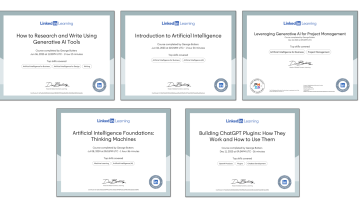2010: The Year of Touch - The Death of the Mouse?
Given the huge pre-event buzz about tablet PCs that hung heavy over the Computer Electronics Show (CES) in Las Vegas earlier this month - much of it focused on the oft-predicted release of Apple's iTablet (the company's most famous non-product) - you'd have to conclude that this, 2010, is the Year of the Tablet.
I'd argue that you'd be wrong.
I think it's the year of touch.
A recent report out of the UK found that the vast majority of smartphone users found surfing the web on their devices to be excruciating and expensive. With one small exception: iPhone owners.
Granted, even they mostly sent text messages through Twitter or visited Facebook.
So what?
The iPhone has multi-touch capabilities. It's only two-point multi-touch, mind you: two finger tips move apart, the image gets bigger. Move closer together, the image gets smaller. Using it for the first time is like discovering a part of your brain that's never been turned on before.
Add that to high quality, thin, light, flat-panel displays that use very little power, the smaller/faster/lighter CPU and memory storage options that again use very little power.
Add to that Microsoft both supporting and promoting your fingers as a way to navigate a TV-sized screen.
Most operating systems these days have multi-monitor capabilities. And they don't all have to be the same size. Make one big - and make one very small. That you can control by touch. Or with a digital pen. Which is what Wacom just released with their new $1000 drawing pad. It's nice, but what if I want to use my fingertip instead?
I'm a touch typist and my PC days began in the dark ages before MS-DOS (that was before Windows) and before the mouse. I hate the mouse. I do a lot of video editing these days, and being able to reach out and reorder clips with my fingers - stretch one to make it slow motion, pinching the audio between two fingers to fade it down.
That would be cool. That would be touch. And it's coming to screens near you.
-G


